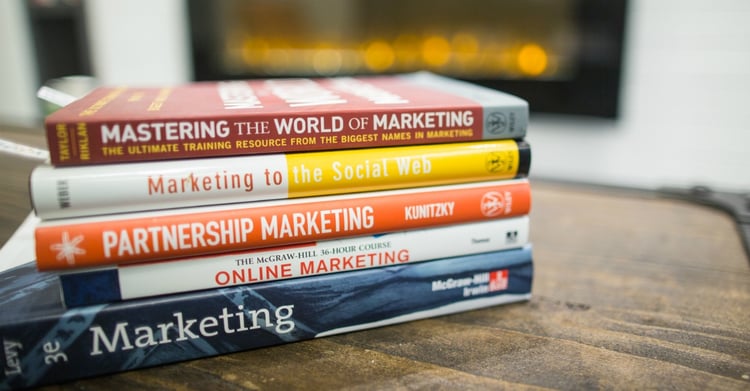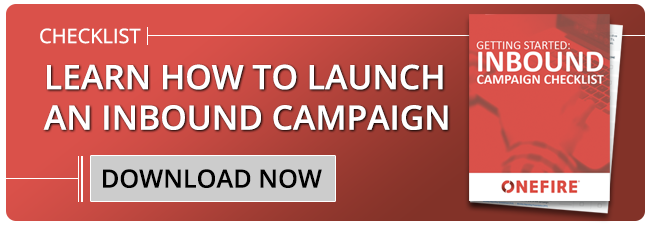
How does Inbound Marketing work better than traditional advertising?
Inbound Marketing works with consumers behavior, marketing to people the way that they want to be marketed to.
FOR YOU: Download our eBook and learn how to reach more millennials with your marketing
Where traditional advertising attempts to overwhelm with frequency and gimmicks (like jingles, catchphrases, and loud noises), Inbound Marketing aims to help, inform, and ingratiate.
Think Magnet, Not Sledgehammer
What sounds better: a door-to-door salesperson knocking every day at 7 a.m. to inquire about your vacuum needs or you doing an internet search for the best vacuum on your own schedule? If you'd choose the latter, your preferences line up with most people. While traditional advertising isn't quite as intrusive as a door-to-door salesperson, it's still an interruption. Radio commercials interrupt your music or sports talk. TV commercials interrupt your show. Billboards take your eyes off the road. It's a sledgehammer approach: hitting people over the head with an advertising message whenever and wherever THEY feel like it. Inbound Marketing is the opposite. Inbound Marketing provides people with the helpful information they're searching for. Instead of bludgeoning, Inbound Marketing attracts. People seek out and find companies who implement Inbound Marketing strategies. When they do, they have their questions answered and that company becomes a resource. Then, when it's time to buy, people tend to go back to where they learned about the product or service in the first place.
People Buy Differently Today
In the past, traditional advertising made the most sense. Good branding amounted to 'getting noticed.' In that regard, traditional advertising does its job. One look at Times Square in New York City illustrates the point. Companies put their logo in front of a crowd, by way of gigantic display ads. Radio blasts a 30-second message in every direction, as many times as a company's budget allows for. TV follows the same playbook, but with picture included. But now, traditional advertising isn't enough. While getting noticed is still important, more and more people are tuning traditional ads out. That's because they're buying differently. Now, most people start the purchasing process by researching a product or service online. Instead of paying attention to billboards, people do deliberate searches to find answers to questions. The companies who provide those answers will show up in search results and land themselves on the shortlist when it comes time to buy.
Inbound is Growing
Inbound Marketing is growing and traditional media, on average, is in decline. That's no secret - the world en masse is moving online and that includes marketing and advertising. Inbound Marketing works with consumer behavior and the companies that embrace it now, will be best positioned for the future. Those that hold out could find themselves lost in a bygone era. If your company uses traditional advertising, that can still be a viable branding tool. But, if your company wants to remain competitive into the future, it's time to recognize the shift in consumer behavior and build Inbound Marketing campaigns that correspond to it. Inbound Marketing is predicated on creating great content. After that content is created, it is used to attract consumers, by offering genuine help and valuable information. After a consumer engages in the conversation, they're nurtured, naturally, through the modern buying process. Inbound Marketing will continue to grow because it works with consumers, not against them.




